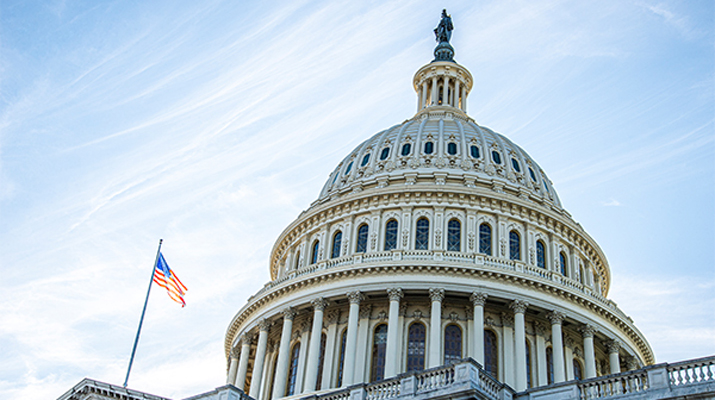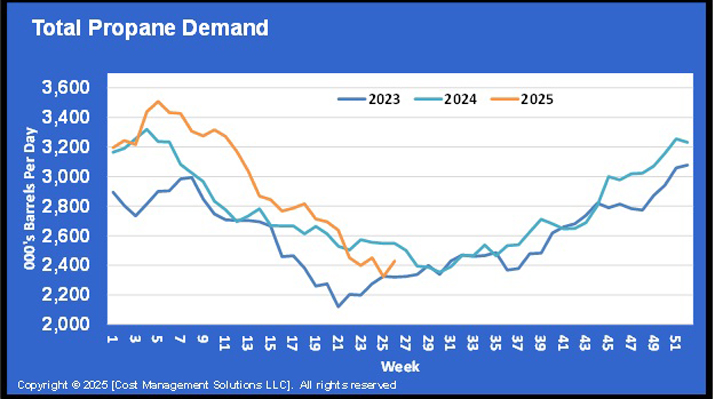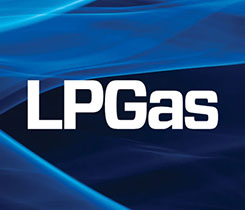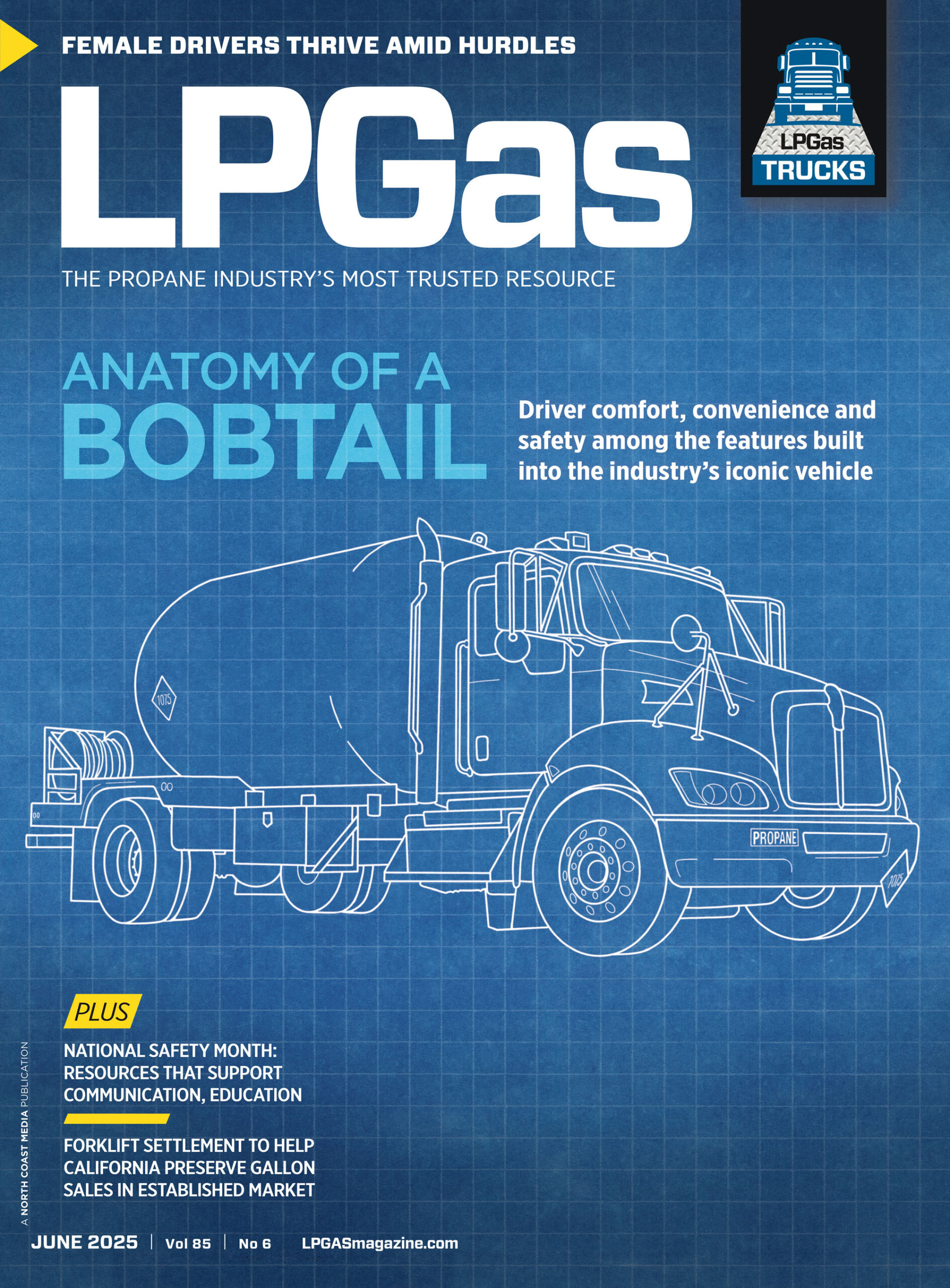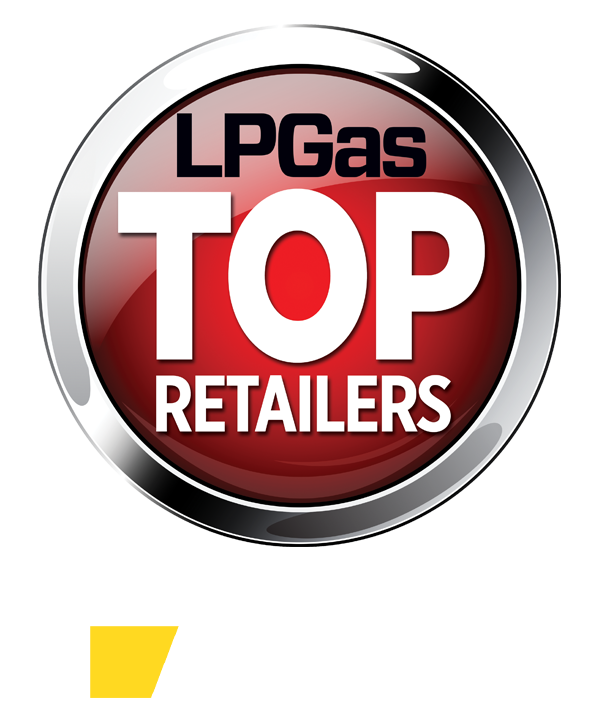What high crude inventory means for propane prices
The Energy Information Administration’s Weekly Petroleum Status Report for the week ending Nov. 13 reported U.S. crude inventory, excluding the Strategic Petroleum Reserve, at 487.286 million barrels. The high for the year was set on April 24 at 490.912 million barrels.

In addition to the total U.S. supply, crude inventory at Cushing, Okla., is growing again.

It is typical for Cushing inventory to rise at this point in the year, but the inventory builds over the last two weeks have been above average. In just two weeks, Cushing inventory is up 3.732 million barrels. Those builds certainly put downward pressure on front-month crude prices.
The January contract is now the front-month WTI futures contract. January crude is currently trading at $41.48, while February crude is trading at $42.85. The $1.37 spread is high and is an indication that traders are worried about the rising inventory. Last week, traders were dumping expiring December WTI contracts rather than taking delivery of them at Cushing.
Crude for next December is trading nearly $7 above the January barrel. In a normal supply situation, front-month crude would be higher than crude further out. The current spread action has some traders believing that WTI crude will fall below its most recent low of $37.75 set on Aug. 24.
The value of crude has a lot of influence on the price of propane. The weakness in crude has propane trading nearer its lows rather than its highs for the year. Since propane fundamentals are also weak with record-high inventory and slack demand, propane is more likely to track the movements in crude. The weak fundamentals are likely to keep propane prices from spiking and separating from crude prices this year.
The pricing environment is good news for propane retailers’ immediate supply needs. However, the contangoed crude market, where the further-out futures prices are higher than the front-month prices, also makes propane relatively more expensive in the future. As traders get quotes on financials and pre-buys for later this winter and next winter, they may be a little disappointed in the offers.
Propane prices for the fourth quarter of next year are about 7 cents higher than current prices. Still, for most propane retailers, owning sub-50 propane is very workable and holds little risk of being so uncompetitive as to be a liability. It also provides opportunities to push appealing fixed-priced and budget programs to customers, which could help shield them from competitive pressures or even switching to other energy sources should their furnace or other appliances go out.
Even if quotes on propane futures are not quite as low as one might expect, the current pricing environment still provides excellent opportunities to make our businesses more secure and profitable.
Cost Management Solutions LLC (CMS) is a firm dedicated to the analysis of the energy markets for the propane marketplace. Since we are not a supplier of propane, you can be assured our focus is to provide an unbiased analysis.
For more Cost Management Solutions analysis of the energy market that helps propane retailers manage their supply sources and make informed purchasing decisions, visit www.lpgasmagazine.com/propane-price-insider/archives/.








